As an Amazon Associate, I earn from qualifying purchases
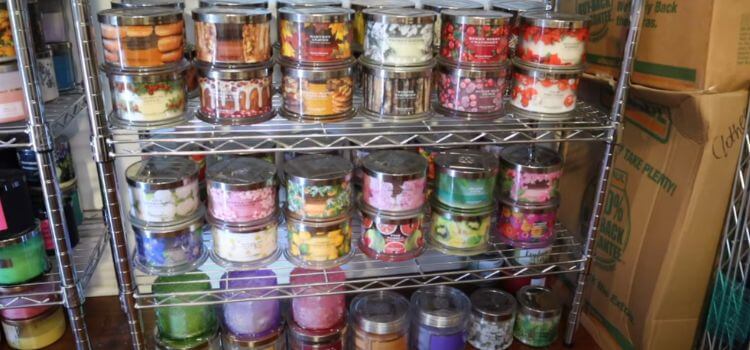
Homeworx candles are not toxic. These candles are made with non-toxic materials for safety.
Homeworx candles are a well-liked option for many folks trying to make their houses warm and welcoming. These candles are known for their high-quality ingredients and long-lasting scents. With so many different scents, Homeworx candles are a favorite among candle enthusiasts.
Many enjoy these candles’ ambiance and relaxation without worrying about harmful toxins. Whether you prefer floral, fruity, or seasonal scents, Homeworx candles offer a safe and enjoyable way to enhance your living space. Experience the luxury of Homeworx candles and transform your home into a fragrant oasis.
Introduction To Homeworx Candles
Popularity Of Scented Candles
Scented candles have recently gained immense popularity because they can produce a cozy and welcoming environment in any space. The captivating aroma and soft glow of scented candles may quickly improve the atmosphere of a room, making them a go-to choice for relaxation and bringing a hint of luxury into regular life.
Homeworx Candles In The Market
Homeworx Candles, created by renowned fragrance expert Harry Slatkin, has carved a niche in the scented candle market. With a focus on high-quality ingredients and captivating scents, Homeworx Candles has garnered a loyal following among candle and interior decor enthusiasts.
Ingredients In Homeworx Candles
When considering the safety of Homeworx candles, it’s essential to understand the ingredients used in their production. Let’s delve into the ingredients in Homeworx candles by examining the wax composition and fragrance sources.
Wax Composition
The wax composition of Homeworx candles plays a crucial role in determining their burning properties. These candles typically blend natural waxes like soy wax and paraffin wax.
Fragrance Sources
Regarding fragrance sources in Homeworx candles, essential oils are commonly used to provide enticing scents. These natural extracts contribute to the aromatic experience without artificial additives.
Potential Toxins In Scented Candles
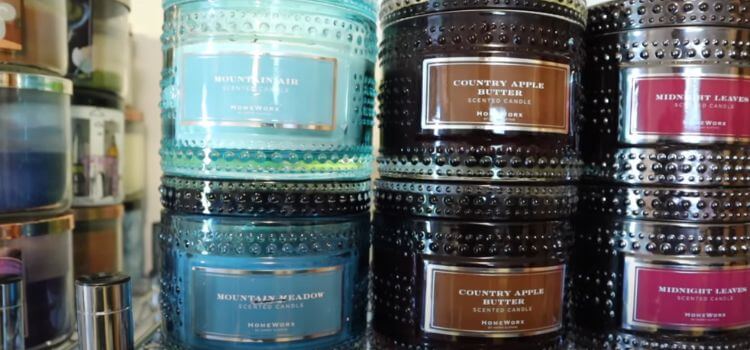
One standard method for improving the atmosphere of a home. However, there are concerns about the safety of burning scented candles due to the potential release of harmful chemicals. Many people are unaware of the possible risks of burning candles, especially those with synthetic fragrances. This article will explore the potential toxins in scented candles, the common harmful chemicals, and the associated risks with artificial fragrances.
Common Harmful Chemicals
A common ingredient in candles is paraffin wax, a petroleum byproduct. Toxins, including toluene and benzene, are released into the air by paraffin wax. When burned. These chemicals are known carcinogens and can lead to respiratory problems, particularly in those who already have asthma or other respiratory diseases.
Candles may also contain lead or lead-core Wicks; when burned, they can discharge lead into the air. Many health issues can arise from being exposed to lead, including developmental delays in children, behavioral problems, and learning difficulties.
Risks Associated With Synthetic Fragrances
Synthetic fragrances are commonly used in candles to create a pleasant scent. However, these fragrances can contain various harmful chemicals, including phthalates, known as hormone disruptors. Hormones in the body can be affected by endocrine disruptors. Body, potentially causing multiple health issues.
Some synthetic fragrances can also cause allergic reactions or trigger asthma attacks in sensitive individuals. Additionally, burning candles with synthetic fragrances can release volatile organic compounds (VOCs) into the air, which may result in health problems like respiratory disorders.
When it comes to scented candles, it’s essential to be aware of the potential risks of burning them. Choose to reduce exposure to dangerous chemicals by using candles manufactured with natural waxes like beeswax or soy and scented with essential oils. Avoid candles with synthetic fragrances or lead-core wicks, and make sure to burn candles in a well-ventilated room. By following these safety measures, you can take in the atmosphere. Of scented candles without compromising your health.
Analyzing Homeworx Candles Safety
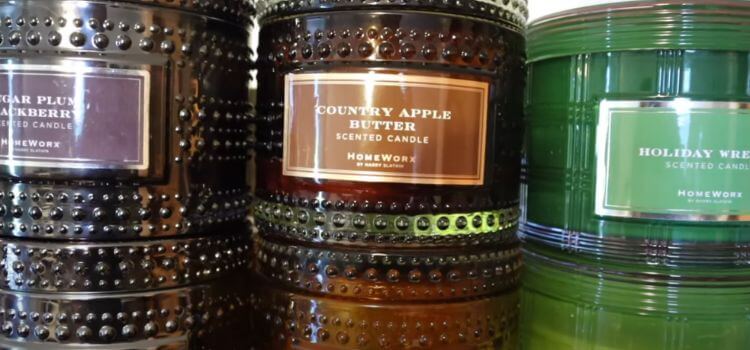
When it comes to the safety of home fragrance products, it’s essential to analyze the potential risks associated with burning candles. Homeworx Candles has gained popularity for their luxurious scents and elegant designs, but are they safe to use? Let’s delve into the safety standards and independent testing results to determine if Homeworx Candles are toxic or secure for your home environment.
Company Safety Standards
Homeworx Candles takes the safety of its products seriously, adhering to stringent company safety standards to ensure the well-being of its customers. The company invests in rigorous testing and quality control procedures to uphold strict safety regulations in all production. By purchasing the essential components and moving to the finished package, Homeworx prioritizes the safety and health of its consumers.
Independent Testing Results
Independent testing is crucial in determining the safety of candles, and Homeworx Candles has proactively subjected its products to third-party testing. These tests evaluate factors such as emissions, combustion, and chemical composition to provide consumers with transparent information regarding the safety of the candles. The independent testing results offer valuable insights into the non-toxic nature of Homeworx Candles, reassuring consumers of their safety.
Health Implications Of Candle Use
When creating a cozy and inviting atmosphere, candles are a popular choice. However, the health implications of candle use are often overlooked. Recognizing the possible dangers of candle burning, mainly indoor air quality and long-term health impacts is essential for making knowledgeable choices regarding their usage.
Indoor Air Quality Concerns
Burning candles can release various pollutants into the air, including volatile organic compounds (VOCs), particulate matter, and lead (in the case of lead wick candles). Specific contaminants may exacerbate indoor air pollution. They harm respiratory health, particularly for individuals with asthma, allergies, or other respiratory conditions.
Long-term Health Effects
Exposure to the emissions from burning candles over a prolonged period can pose potential health risks. The continuous inhalation of VOCs and other air pollutants can cause headaches, respiratory irritation, and dizziness. Additionally, some candle waxes, such as paraffin, may release toxic chemicals like benzene and toluene, known carcinogens, when burned.
User Reviews And Experiences
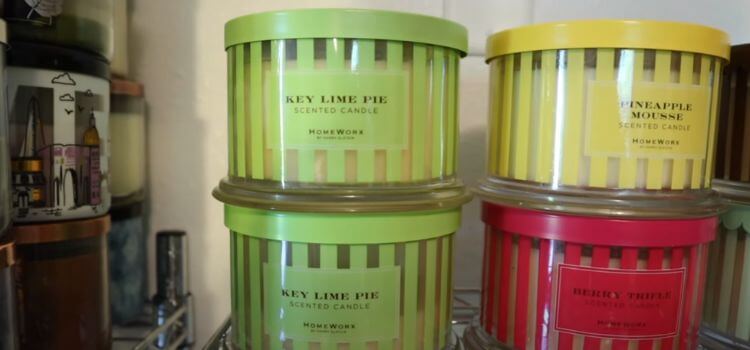
Homeworx candles have gained popularity among candle enthusiasts for their pleasant fragrance, long-lasting burn time, and attractive packaging. However, there have been concerns about their safety and toxicity. Numerous individuals have contributed their thoughts and experiences with Homeworx candles, which can help others make informed decisions about using them in their homes.
Consumer Feedback
Several Homeworx candle buyers have shared positive feedback about their experience with the brand. They appreciate the variety of scents and the long-lasting fragrance filling their homes. Many users have also complimented the stylish packaging, which can provide any space a decorative touch.
One Homeworx candle user, Alex, wrote on the brand’s website, “I love Homeworx candles! They smell amazing and last so long. I’ve tried many other candle brands, but Homeworx is my favorite. The packaging is beautiful, too!”
Reported Issues
While many Homeworx candle users have shared positive feedback, some have reported issues with the candles. One common concern is the black soot that can form on walls and ceilings from burning the candles. This can be ugly and challenging to clean, especially in areas with high candle usage.
Another concern raised by a few users is the existence of harmful chemicals in the candles. Some have claimed that the candles release harmful vapors that can lead to health concerns, including respiratory ones. However, no clear evidence supports these claims, and Homeworx candles have passed safety tests. The Consumer Product Safety Commission conducted tests.
| Pros | Cons |
| Long-lasting fragrance | May leave black soot |
| Wide variety of scents | Some users report toxic fumes |
| Attractive packaging | Increased Production Costs |
Overall, Homeworx candles have received mixed reviews from users. While many appreciate their pleasant fragrance and stylish packaging, others have reported issues with black soot and concerns about toxicity. It’s crucial to consider these things when choosing whether to use Homeworx candles in your home.
Alternatives To Homeworx Candles
Natural and non-toxic alternatives are available if you seek safer options than Homeworx candles. Consider exploring the following options:
Natural And Non-toxic Options
- Beeswax candles: Eco-friendly and emit minimal soot.
- Soy candles are derived from soybeans, are clean-burning, and are sustainable.
- Essential oil candles: Infused with pure oils for an aromatic ambiance.
Diy-Scented Candle Recipes
- Lavender and vanilla candle: Blend soothing lavender with sweet vanilla.
- Citrus burst candle: Combine energizing citrus oils for a refreshing scent.
- Cinnamon spice candle: Warm up your space with spicy cinnamon notes.
Best Practices For Candle Usage
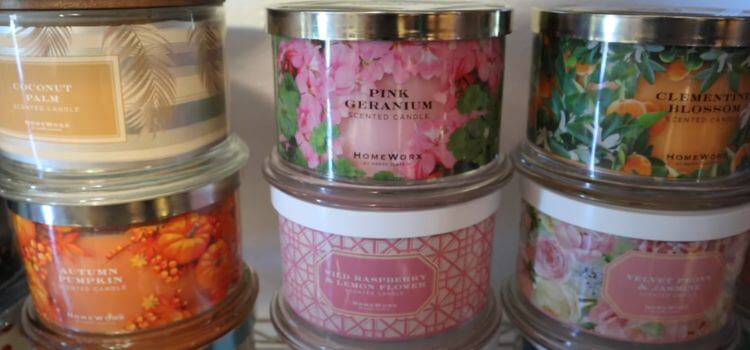
Best practices for candle usage are essential for ensuring safety and maximizing the enjoyment of your Homeworx candles. By following proper ventilation, candle maintenance, and safety tips, you can create a pleasant and safe environment for candle usage in your home.
Proper Ventilation
Proper ventilation is crucial when using candles, especially in enclosed spaces. Ensure adequate airflow in the room where the candle is lit to prevent the accumulation of harmful fumes. Using fans or opening windows can help with air circulation and lessen the concentration of pollutants.
Candle Maintenance And Safety Tips
Candle maintenance and safety tips play a significant role in ensuring a positive candle-burning experience. Here are some essential practices to follow:
- Firstly, trim the wick to 1/4 inch before lighting to prevent excessive smoking and soot formation.
- Place the candle on a stable, heat-resistant surface to prevent accidental tipping or heat damage.
- To minimize fire risk, avoid burning candles near flammable materials or in drafty areas to minimize fire risk.
- Never leave a burning candle unattended, and keep it away from children’s and pets’ reach.
- If the candle’s flame becomes too high or flickers, extinguish it excessively, indicating a potential hazard.
Regulations And Industry Standards
Government Policies On Candle Production
Candles must adhere to strict government guidelines to ensure safe production.
Certifications And Eco-labels
Look for candles with certifications and eco-labels to guarantee non-toxic materials.
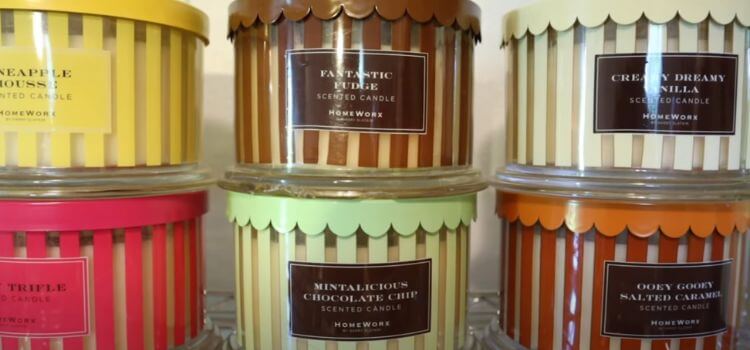
Frequently Asked Questions
HomeWorx candles use a proprietary paraffin and soy wax blend for a clean and long-lasting burn.
Choose soy or beeswax candles for the least toxic options when burning candles. These are natural and emit fewer harmful chemicals compared to paraffin candles.
Paraffin candles may release harmful chemicals when burned, posing health risks like indoor air pollution.
No, DW Home candles are not toxic. They are made with high-quality, non-toxic ingredients.
Conclusion
While Homeworx candles may contain potentially harmful ingredients, they are generally considered safe. However, it’s essential to exercise caution and proper ventilation when burning candles and to be aware of potential sensitivities or allergies. As always, using candles in moderation and following safety guidelines is best.
As an Amazon Associate, I earn from qualifying purchases
Leave a Reply